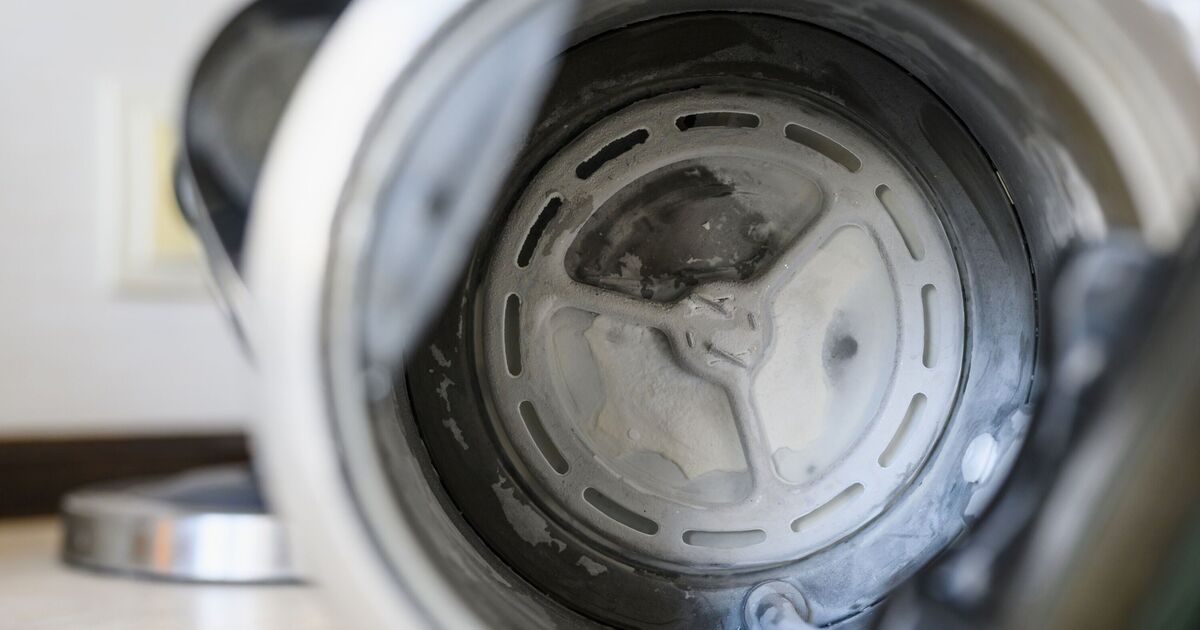Cleaning the kettle regularly is important to prevent a limescale build-up which presents itself in the form of white deposits at the bottom of the appliance.
Whilst drinking limescale water isn’t harmful, it can sometimes make a tea taste funny or look bad.
Many people opt to use white vinegar and baking soda, but if you don’t have these to find, why not try a lemon?
This can be in the form of a fresh leftover lemon from cooking, or in a bottle.
Lemons can be picked up from the supermarket for as little as 15p, or a bottle is around £1.
To descale using lemon, add some water into your kettle along with the juice of one lemon.
Boil the kettle and allow it to sit for 10 to 15 minutes whilst the lemon gets to work tackling the limescale.
Particles of limescale will soon rise to the surface and your kitchen will be filled with a gorgeous lemon scent.
It’s the citric acid within the fruit that makes it great for tackling all sorts of cleaning problems.
It also has antibacterial properties, meaning it’ll help disinfect and clean the kettle.
Once the lemon has been left to sit, rinse the kettle out a couple of times to remove any residue.
Make sure to boil the kettle and allow it to cool a couple of times before beginning to use the kettle again.
Mark Greig, head of supplier management at nationwide electrical appliance experts, Marks Electrical, said: “Whether it’s being used to make a morning coffee or help boil rice for dinner, our kettle gets lots of use throughout the day.
“Unfortunately, over time this leads to white deposits, known as limescale, building up in kettles.
“Not only does limescale build-up ruin a nice cup of tea, but it also affects the efficiency of the appliance as well.
“At a time when energy prices are high, it’s never been more important to maintain your kettle and ensure it operates as efficiently as possible, reducing the overall cost of your bills.”











